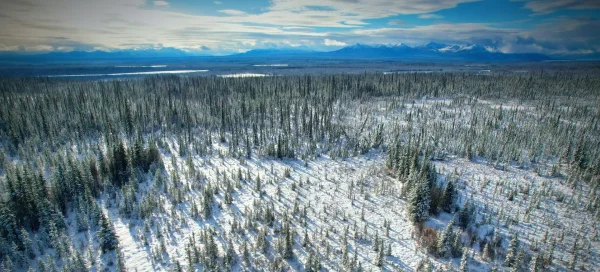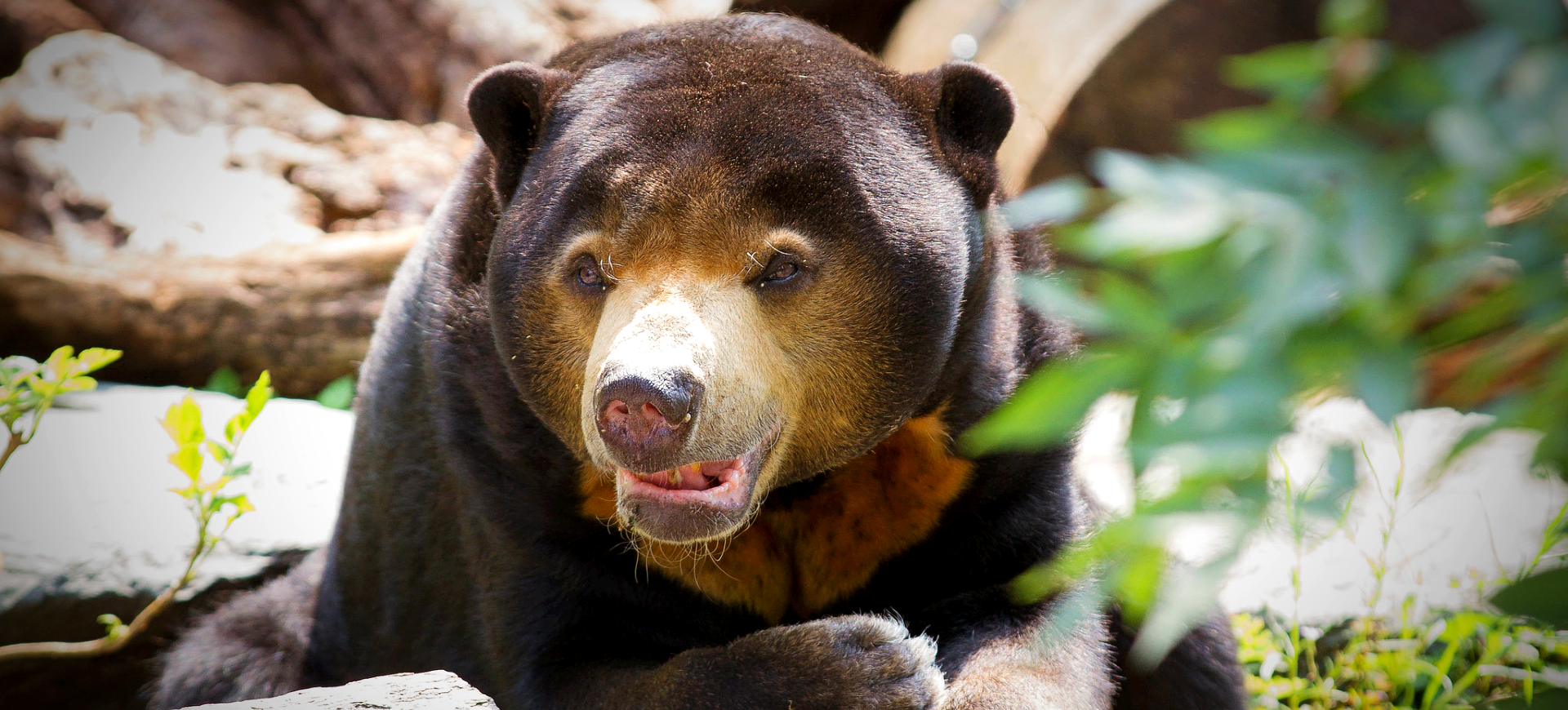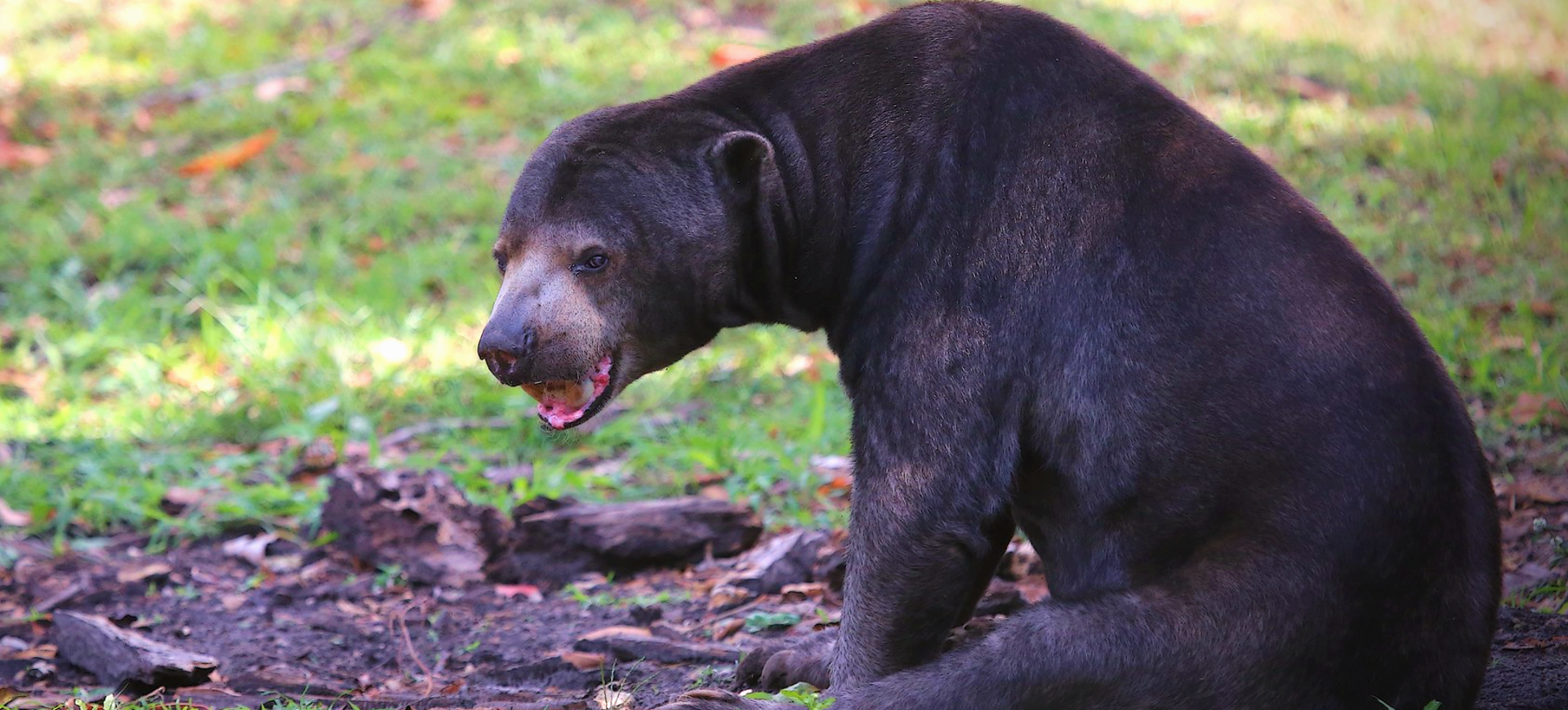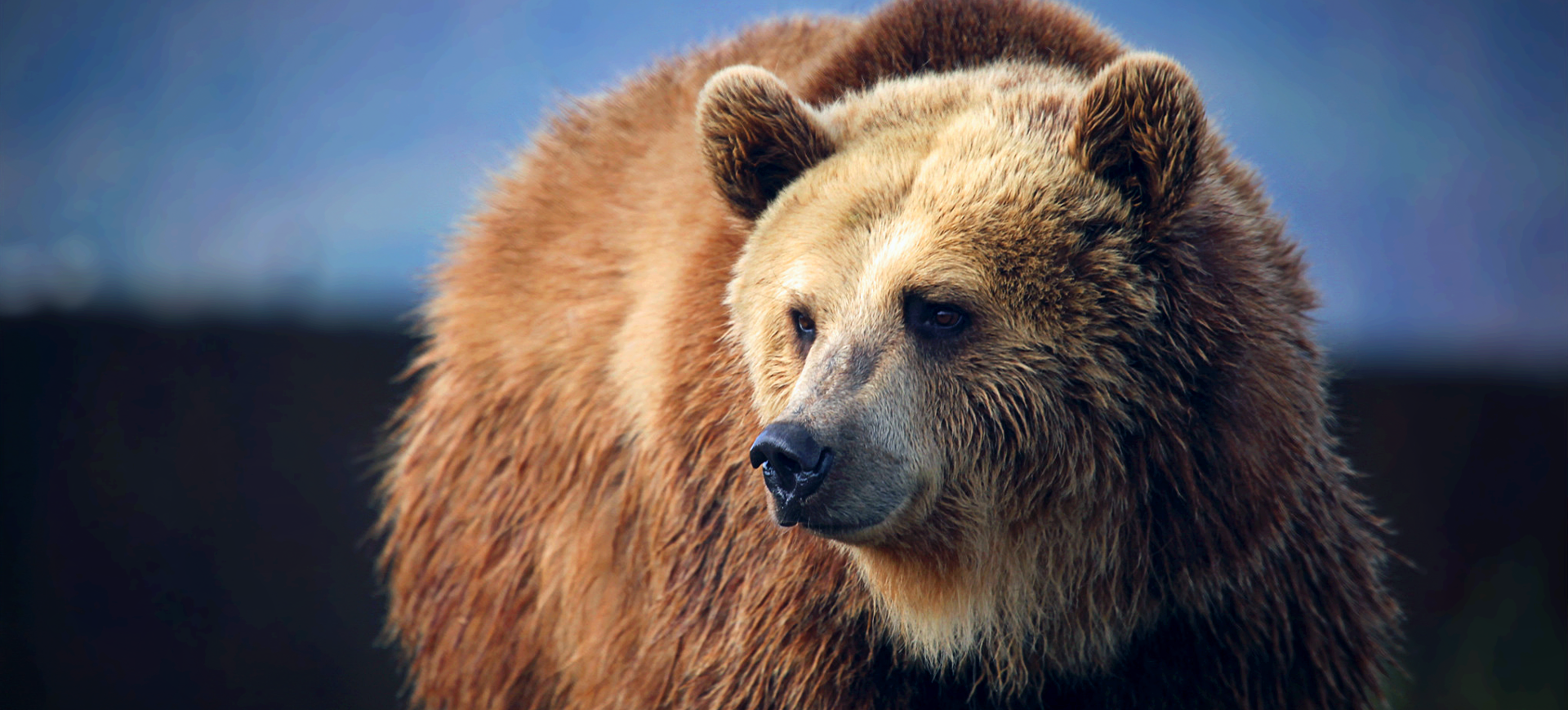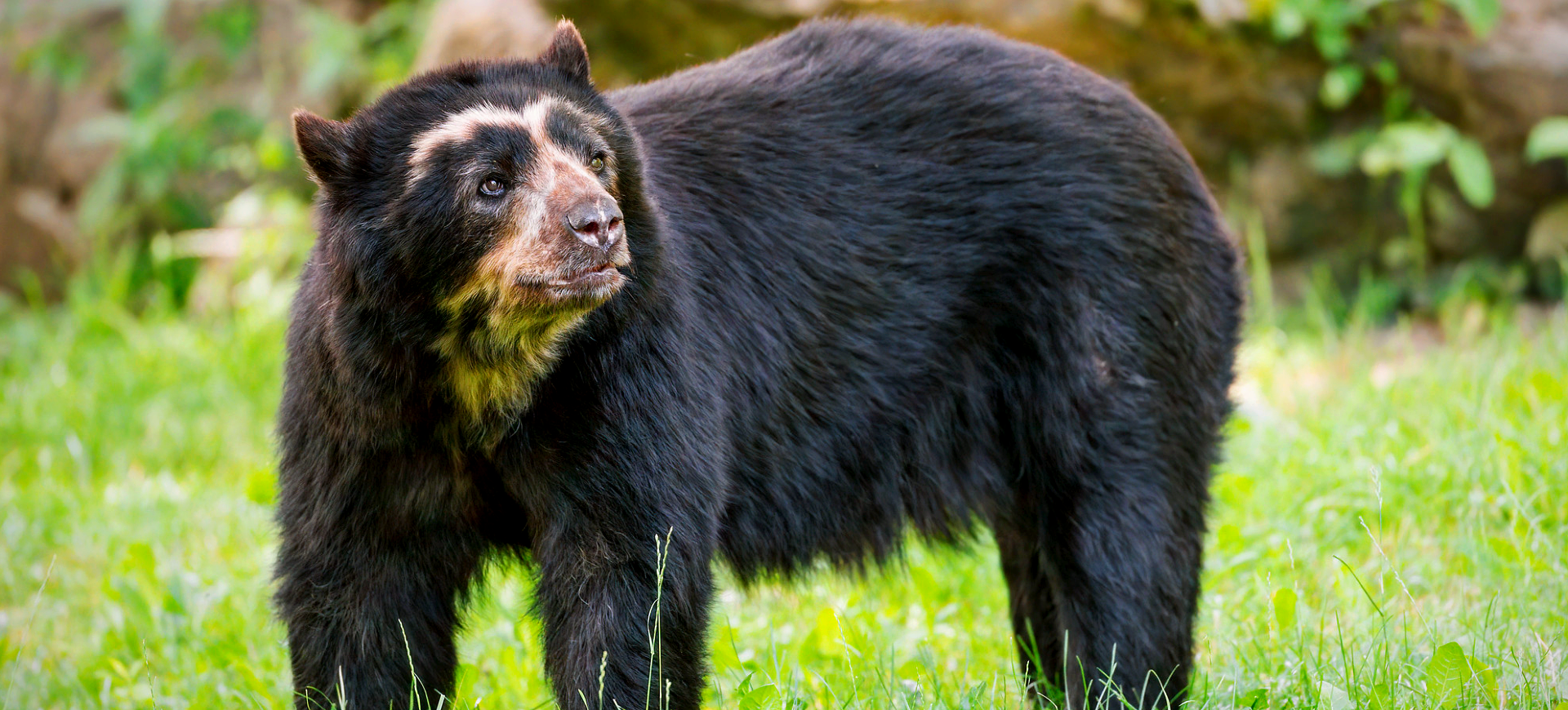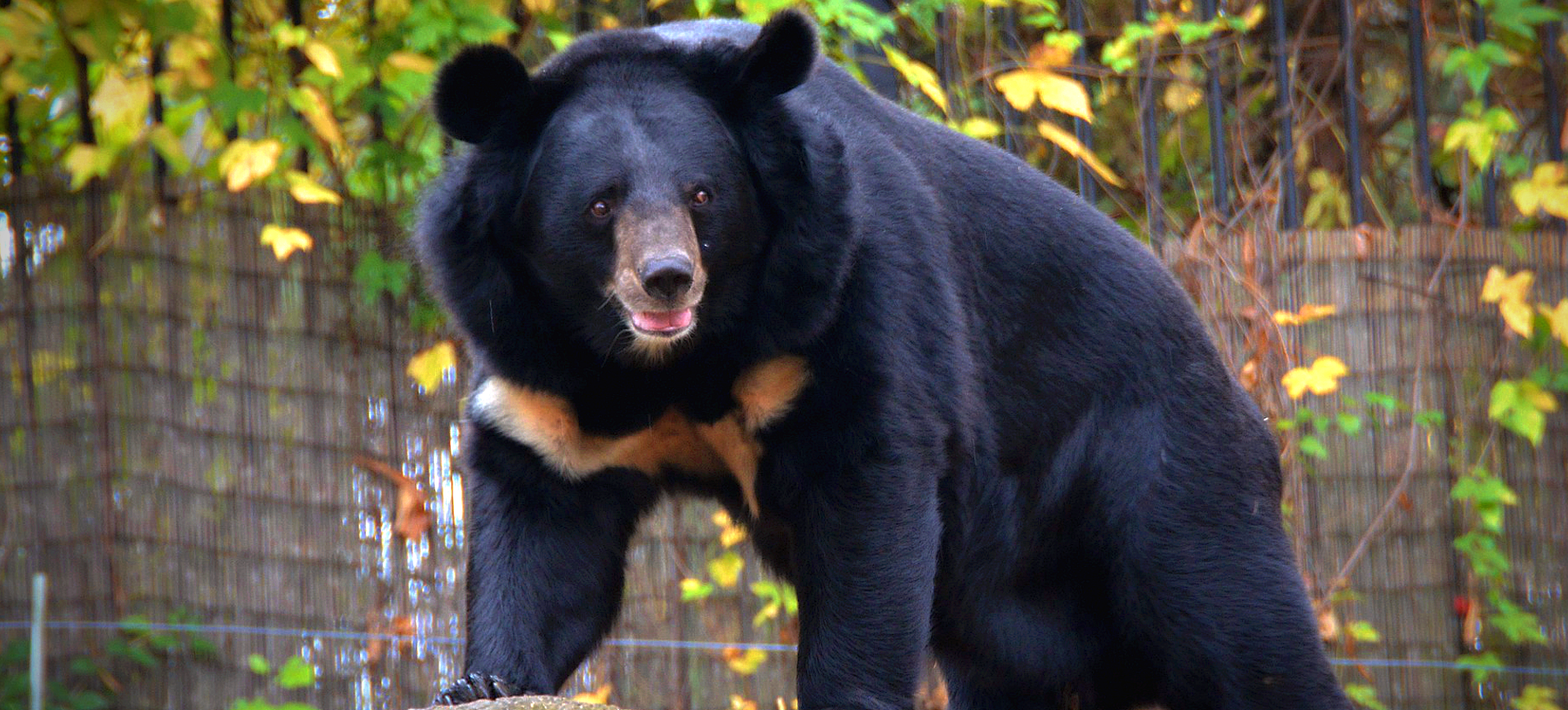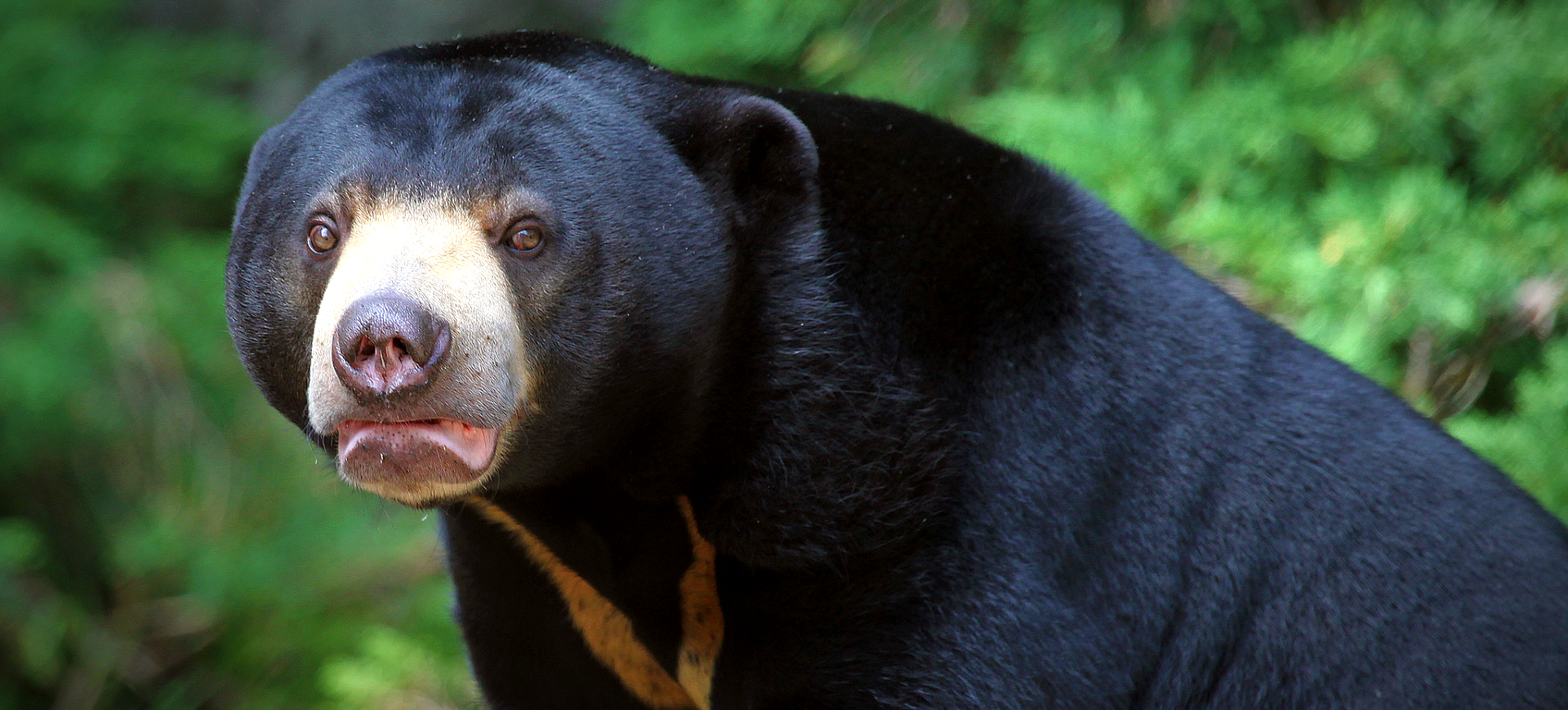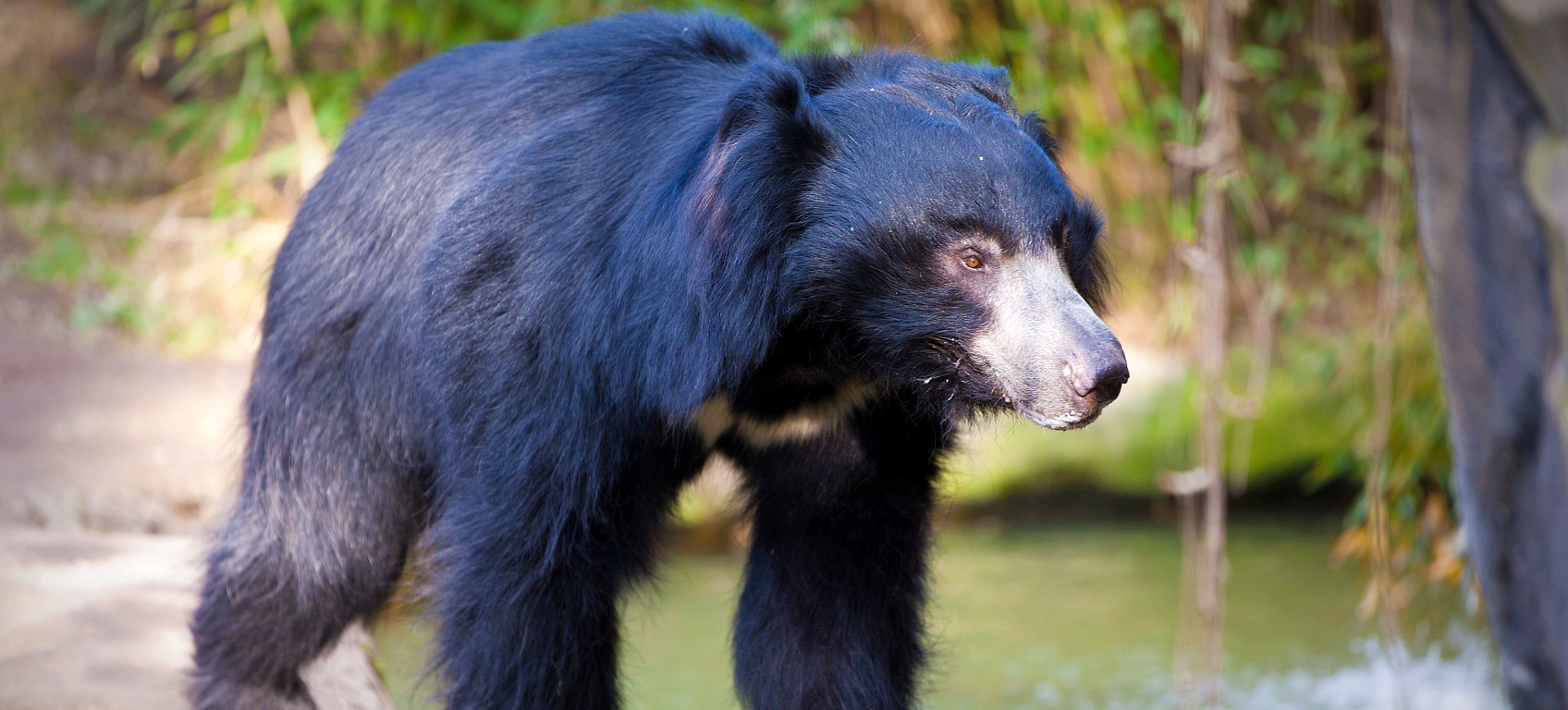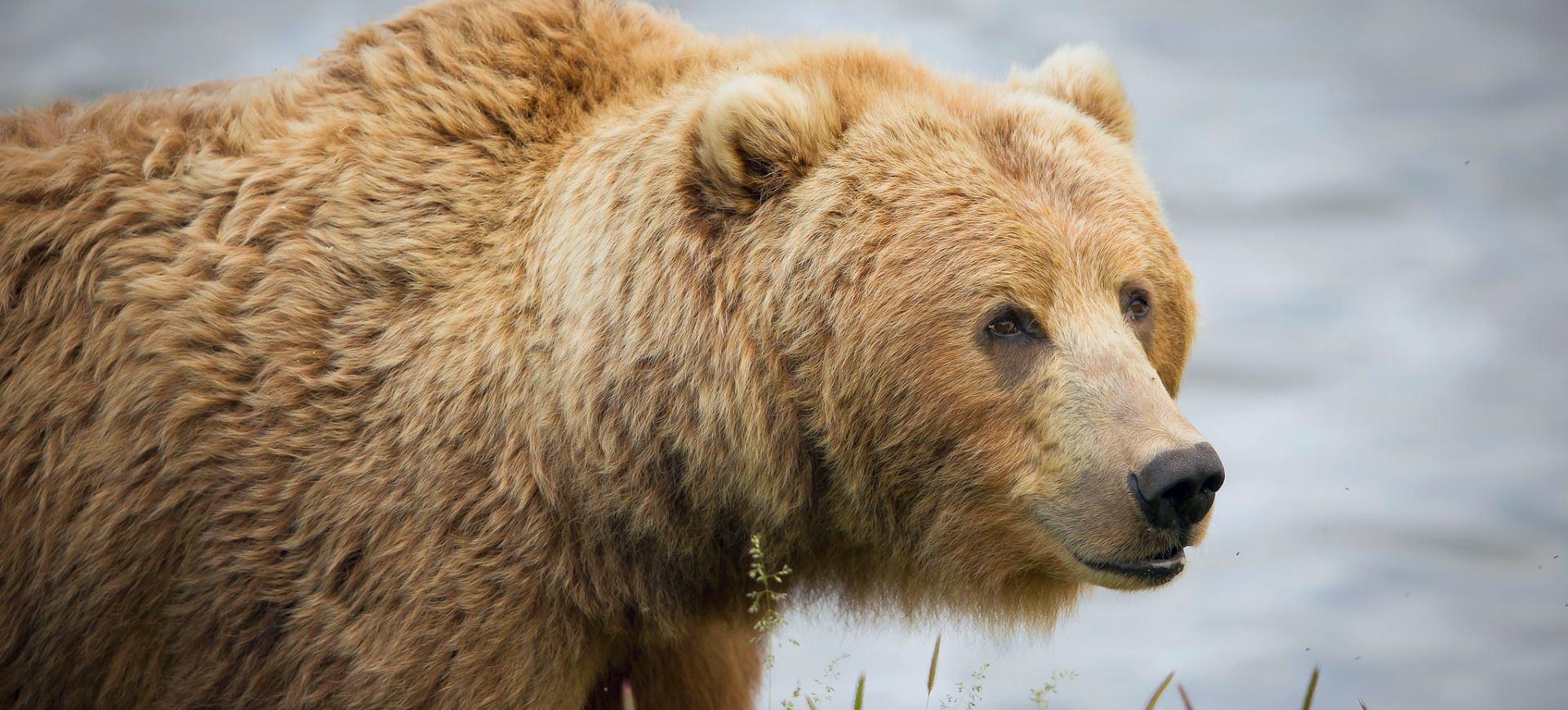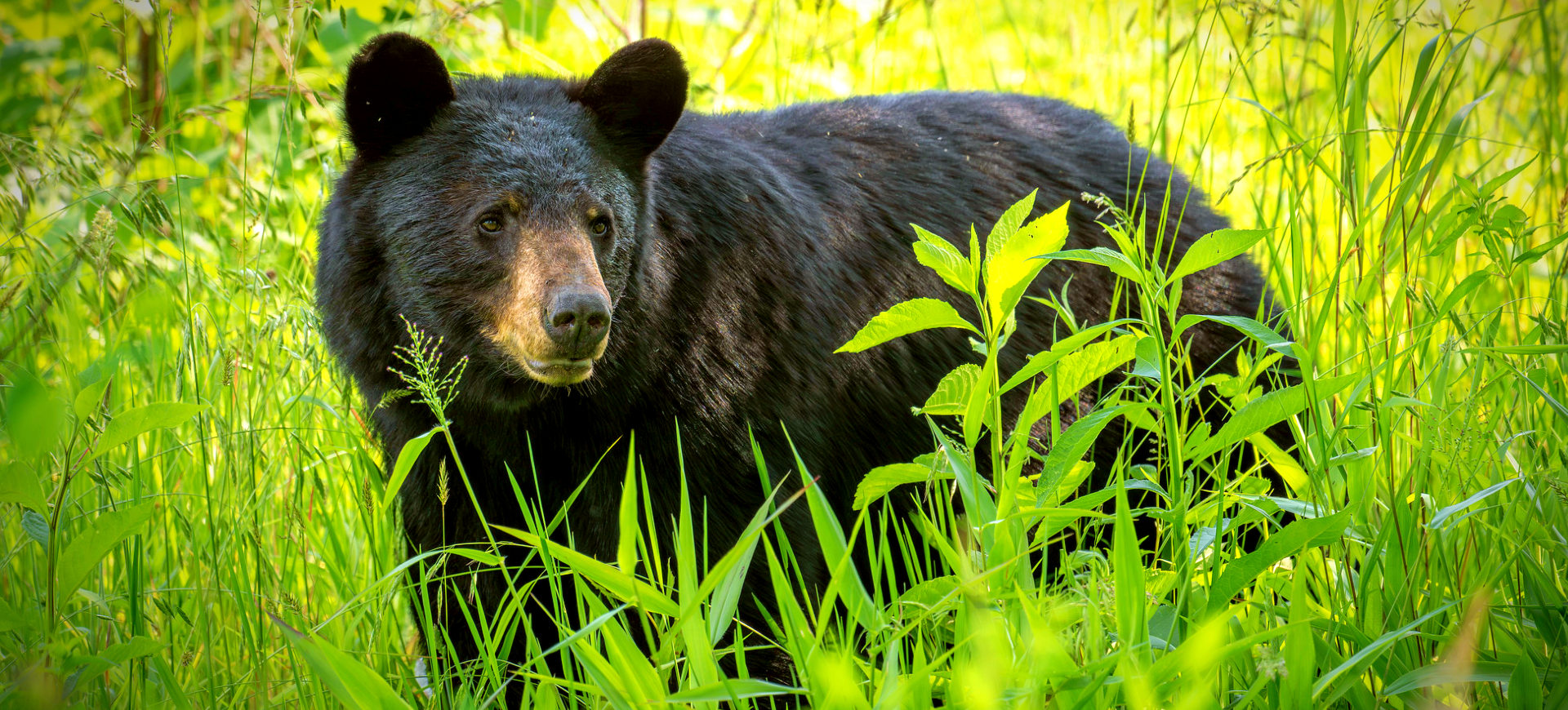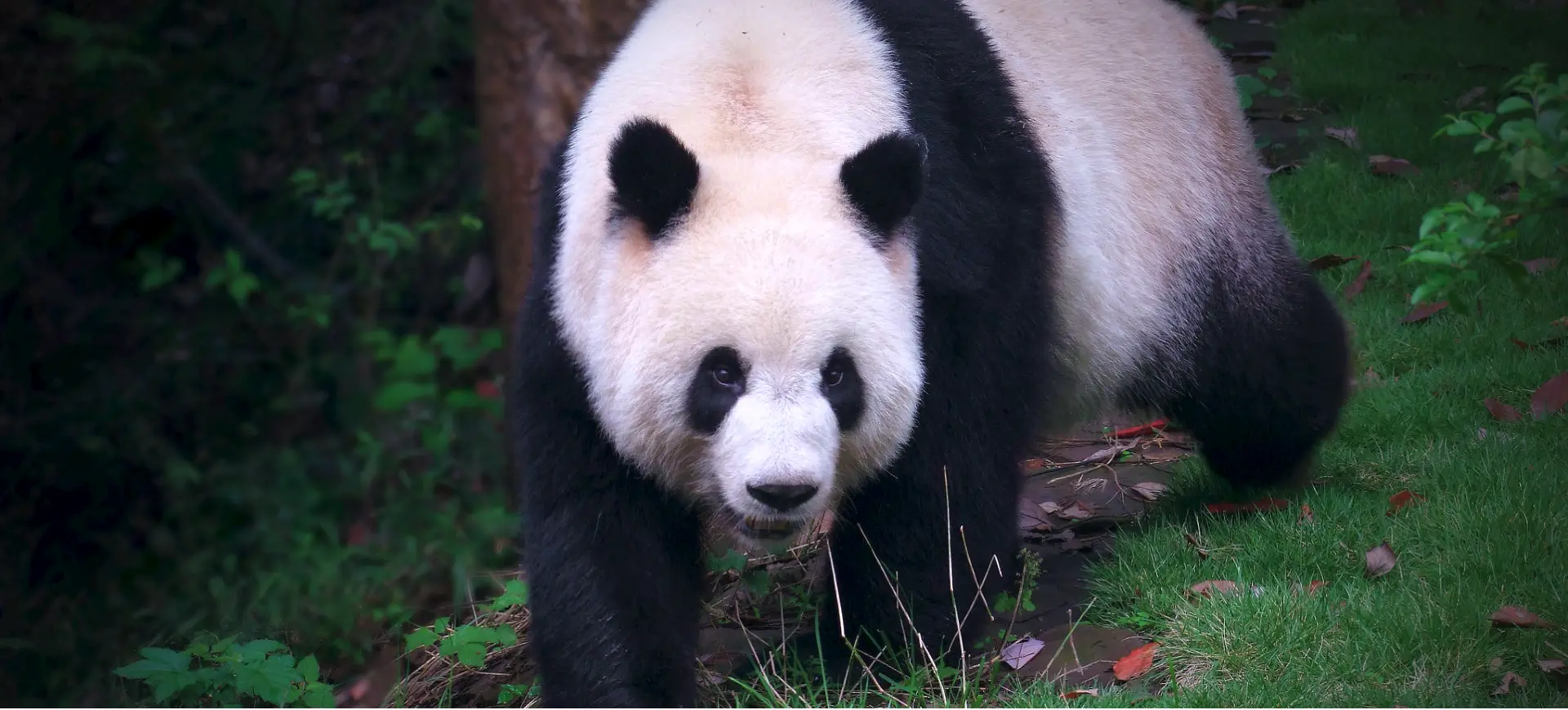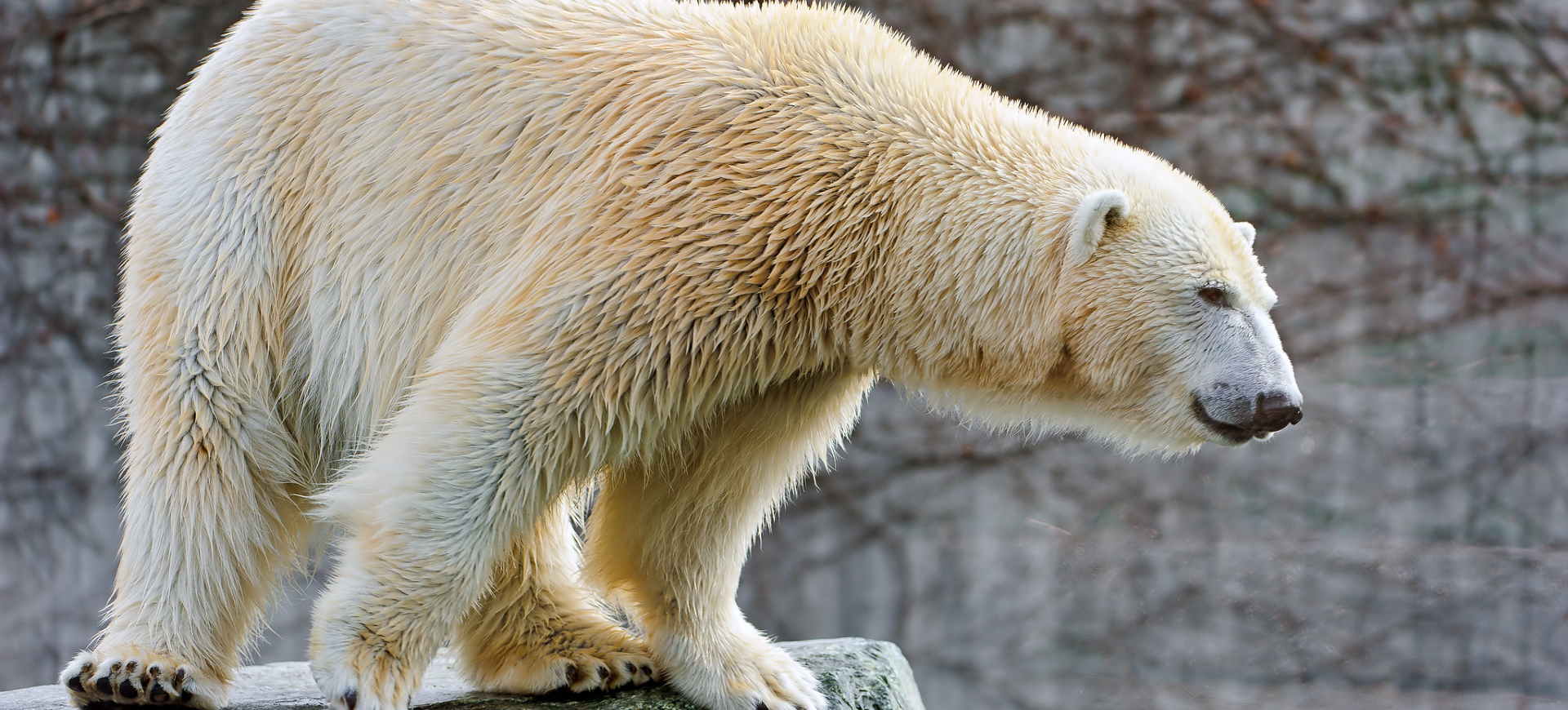Overview
The brown bear (Ursus arctos) is one of the largest terrestrial carnivores, widely distributed across North America, Europe, and Asia. It has a powerful, stocky body covered in thick fur ranging from light brown to nearly black, which provides insulation in cold climates. These bears are highly adaptable and inhabit diverse ecosystems, from dense forests and mountainous regions to tundra and coastal areas. As opportunistic omnivores, they consume various foods, including berries, fish, small mammals, and carrion.
Brown bears are generally solitary but have overlapping home ranges, with interactions occurring mainly during the breeding season or at abundant food sources. They can travel long distances searching for food, with some populations migrating seasonally to follow food availability. In colder regions, they enter a state of torpor during winter, retreating to dens where they conserve energy and give birth to cubs. Their intelligence, memory, and problem-solving abilities make them one of the most adaptable and successful large carnivores.
Although brown bear populations remain stable in many areas, habitat destruction, poaching, and human- wildlife conflicts pose significant threats. Deforestation and human expansion have led to increased encounters with humans, sometimes resulting in bear fatalities due to perceived threats to livestock or human safety. Conservation efforts focus on habitat protection, wildlife corridors, and minimizing conflicts through public awareness and proper waste management. While some populations are stable or increasing, others, particularly in isolated regions, face declining numbers due to habitat loss and hunting pressures.
Current distribution:
Brown bears are found across North America, Europe, and Asia, with the largest populations in Russia, Canada, and Alaska. In North America, they are mainly found in western Canada, Alaska, and parts of the northwestern United States, including Montana and Wyoming. In Europe, populations are scattered across Scandinavia, the Carpathian Mountains, the Balkans, and parts of Eastern Europe. In Asia, they range from Siberia and the Himalayas to Iran and parts of China.
Despite their wide distribution, habitat fragmentation and hunting have led to declines in some regions. In Western Europe and parts of the lower 48 United States, brown bears have been extirpated from much of their historical range. Conservation programs in protected areas and national parks have helped stabilize populations in some regions. Climate change, deforestation, and human- wildlife conflict continue to impact their distribution and long-term survival.
Physical Description:
The brown bear is a large, muscular mammal with a thick fur coat that varies from light blonde to dark brown, depending on the region and subspecies. Its powerful limbs and long, curved claws are adapted for digging, climbing, and catching prey, while its large paws provide stability on rough terrain. The head is broad with a pronounced forehead, small rounded ears, and a strong jaw capable of crushing bones. Despite their bulky appearance, brown bears are agile and can run at impressive speeds when necessary.
Males are significantly larger than females, displaying sexual dimorphism in size and weight. Their dense fur protects them from extreme weather conditions, and they shed and regrow their coats seasonally. Brown bears also have a distinctive shoulder hump, which consists of strong muscles that aid in digging and powerful movements. Cubs are born small and covered in fine fur, but they grow rapidly under their mother’s care, developing the robust features of adult bears.

Lifespan: Wild: ~20 Years || Captivity: ~40 Years

Weight: Male: 660–1,500 lbs (300–680 kg) || Female: 330–800 lbs (150–360 kg)

Length: Male: 80–120 in (203–305 cm) || Female: 70–110 in (178–280 cm)

Height: Male: 38–50 in (97–127 cm) || Female: 35–45 in (89–114 cm)

Top Speed: 35 mph (56 km/h)
Characteristic:
Native Habitat:
Brown bears inhabit many environments, including temperate forests, boreal forests, tundra, grasslands, and mountainous regions. They prefer areas with abundant food sources and access to water, such as riverbanks, meadows, and coastal zones. Their habitat varies depending on the subspecies, with some populations thriving in dense forests while others roam open plains or rugged alpine regions. In colder climates, they dig dens in hillsides or caves to hibernate during the winter.
Brown bears require large home ranges, often spanning hundreds of square miles, depending on food availability. They are highly adaptable and have been found at elevations ranging from sea level to over 16,000 feet (4,900 meters). Human expansion has led to habitat fragmentation, forcing some populations into smaller, isolated areas. Conservation efforts aim to preserve critical habitats and establish wildlife corridors to maintain genetic diversity and prevent human conflicts.
Climate Zones:
Biogeographical Realms:
Continents:
Countries:
Diet:
Diet & Feeding Habits:
Brown bears are omnivorous and have a highly varied diet, consuming plant and animal matter, depending on availability. They feed on berries, nuts, roots, and grasses, which comprise a significant portion of their diet during the summer months. They are also skilled hunters and scavengers, preying on fish, small mammals, and carri and occasionally hunting larger ungulates. Salmon is a critical food source in coastal regions, providing bears with the high-fat nutrition needed for winter survival.
Seasonal food availability influences their feeding habits, with hyperphagia occurring in late summer and fall to build up fat reserves for winter. Brown bears have strong digging abilities and will excavate roots, insect nests, and burrowing mammals. They also raid human food sources when available, leading to conflicts in areas where their habitats overlap with human settlements. Their opportunistic feeding behavior helps them adapt to different environments, making them one of the most successful bear species worldwide.
Mating Behavior:
Mating Description:
Brown bears have a polygamous mating system, with males mating with multiple females during the breeding season. Mating occurs between May and July, but implantation of the fertilized egg is delayed until fall, allowing for optimal birth timing. After a gestation period of about 6–8 months, females give birth in their winter dens to one to four cubs, usually in January or February. Cubs are born blind and rely entirely on their mother’s milk and protection for survival.
Mothers provide extensive parental care, teaching their cubs how to forage and avoid predators. Cubs stay with their mother for up to two and a half years before becoming independent. Males do not participate in raising offspring and may pose a threat to cubs, sometimes killing them to force the female into estrus again. Due to their slow reproductive rate, brown bears rely on stable habitats and low mortality rates to maintain population numbers.
Reproduction Season:
Birth Type:
Pregnancy Duration:
Female Name:
Male Name:
Baby Name:
Social Structure Description:
Brown Bears are generally solitary animals. Outside of the mating season, adults typically live and forage alone or in the company of their cubs. Males are mainly solitary and have large home ranges that they defend from other males, especially during the mating season.
Females with cubs form the basic social unit in Brown Bear populations. The mother is incredibly protective of her cubs and will fiercely defend them from any perceived threat, including other bears. Cubs remain with their mother for approximately two and a half years, during which time they learn crucial survival skills before dispersing to establish their home ranges.
Groups:
Conservation Status:
Population Trend:
The global population of Brown Bears is estimated to be around 110,000 individuals, with the vast majority living in the wild. The largest populations are Russia, the United States (primarily Alaska), and Canada. There are smaller populations in Europe and Asia, with some of the smallest and most endangered populations in the contiguous United States, Western Europe, the Middle East, and Central Asia.
While overall populations are stable or increasing in some regions like North America and Northern Europe, Brown Bears have seen declines or even local extinction in other parts of their range. These local declines are primarily due to habitat loss, fragmentation, and human-wildlife conflict.
Population Threats:
The primary threats to Brown Bears are habitat loss, fragmentation, and human conflict. As human populations expand and wilderness areas shrink, Brown Bears lose critical habitat. Roads, towns, and other development not only remove bear habitat but can fragment the remaining habitat into isolated patches, preventing bears from moving freely to find food and mates.
Human conflict is another significant threat. As bears and humans come into closer contact, there can be increased incidences of bear attacks on humans or property, leading to bears being killed in retaliation or for safety reasons. Additionally, in some regions, bears are still hunted for their pelts, claws, and other body parts, often for illegal trade.
Conservation Efforts:
Conservation efforts for the Brown Bear are primarily centered on habitat preservation, reducing human-bear conflicts, and enforcing regulations against illegal hunting. Numerous protected areas have been established across their range, providing crucial bear refuges. Efforts are also being made to establish wildlife corridors to connect fragmented bear habitats, allowing them to move more freely.
Educational programs aimed at reducing human-bear conflicts have been implemented in many areas. These programs teach people how to properly store food and trash to avoid attracting bears and react when encountering a bear. Law enforcement efforts are being stepped up to combat this trade in places where bears are illegally hunted for their body parts.
Additional Resources:
Fun Facts
- Brown Bears have an excellent sense of smell, even better than dogs. They can smell food from miles away.
- Despite their large size, Brown Bears are remarkably agile and can run at speeds of up to 30 miles per hour.
- Brown Bears can stand on their hind legs for short periods, often to get a better look at their surroundings.
- A Brown Bear’s diet can consist of up to 90% plant material, despite being classified as a carnivore.
- Brown Bears have been known to use rocks as tools to scratch themselves.
- Brown Bears have a “delayed implantation,” which means the fertilized egg doesn’t implant and start developing until months after mating.
- They are excellent swimmers and often catch fish or play in water.
- Brown Bears have color vision and excellent hearing.
- The Grizzly Bear and the Kodiak Bear are both subspecies of the Brown Bear.
- Brown Bears communicate using body language, sounds, and marking trees or the ground with their claws and scent.












